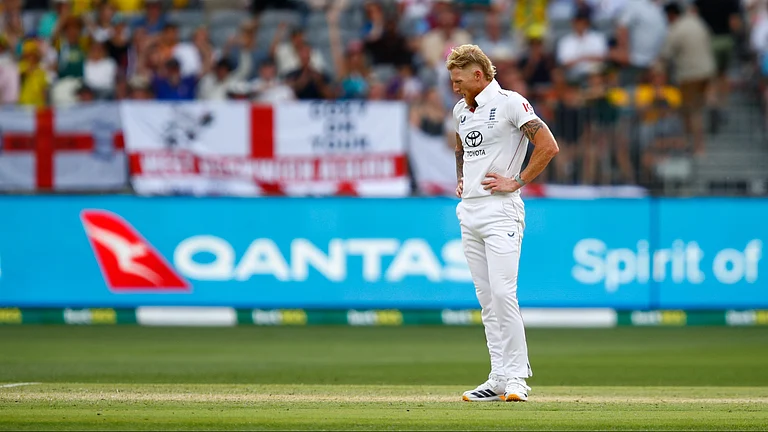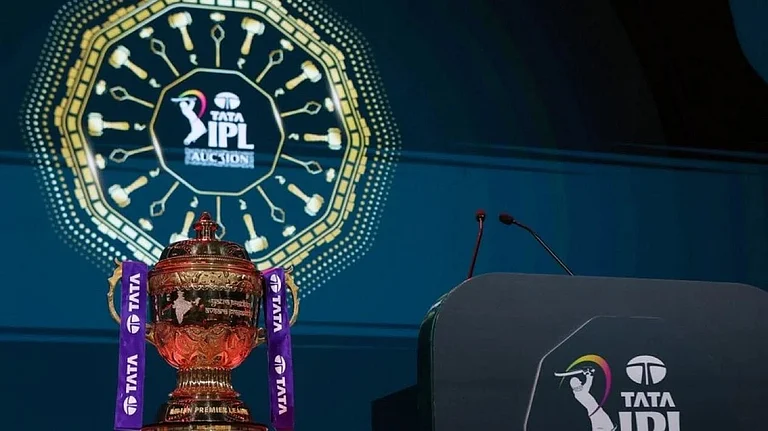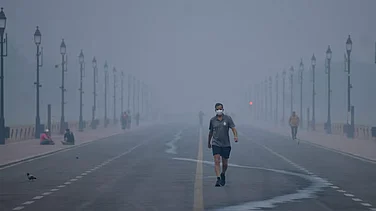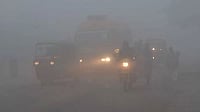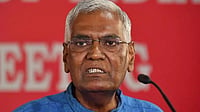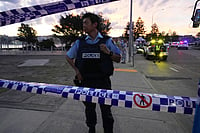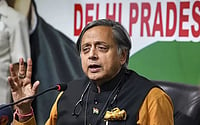As it is, all a lay person can do are tiny, insignificant things that might make some sense in the midst of a disaster of a scale I am finding hard to internalise. It’s like those temples in South India where the giant image of a sleeping Vishnu is seen piecemeal through several doors. I have been driving down the East Coast Road the last few days ferrying relief supplies from Chennai to Cuddalore and Nagapattinam, stopping at villages the tsunami has ripped out of the coastline, and I still cannot grasp the full picture.Akkarai Pettai in Nagapattinam is like some grotesque pilgrimage spot, milling with TV crews and volunteers and disaster tourists posing for pictures at the most dramatic scenes of devastation. At the far end, government officials are distributing Rs 4,000 as immediate relief to families while a truck unloads sacks of rice. We are talking to a group of fishermen to gauge the aid they have got so far, the shortfalls, and the complaints. A counsellor is with us, and the idea is to make this an informal group therapy session as well, and soon their stories of terror, heartbreak and loss pour out. They ask us unanswerable questions: "Our village has become a cremation ground and ghosts walk at night. How can we live here again?" "When will the nightmares stop?" "Will there be another wave?" "How can I make my daughter talk again?"
The few families who still have a house or a room standing are returning half-heartedly to clean the waist-deep sand. Volunteers pitch in with shovels, and along with the clothes and battered vessels, a body is found under the muck, eight days after the disaster. What the sea has left behind, humans have looted, and women cry of lost gold and money: "How did the tsunami unlock my cupboard, amma?"
These fishing villages are among the most prosperous communities here. Houses equipped with TV sets, dvd players and mixer-grinders have been washed away, and the owners bitterly hate the fate that’s forcing them to wear old clothes and queue up for sambar rice, plastic water pot, and a chattai. At a village in Cuddalore yesterday, we had two dozen tins of milk powder and some 100 women mobbed us. Within minutes, three villagers broke up the crowd, whispering fiercely: "Are you going to let the village down by begging? Move on."
The wedding hall where we work accommodates about a hundred families on two floors. The steel-top dining tables have been lined along the walls, each table now a home, the family’s rations and belongings bundled underneath, the children sleeping on the table tops. One pesky seven-year-old is teaching me to make paper rockets and soon old newspaper is in great demand as we take on the onus of supplying rockets to the entire hall.
The town is flooded with well-meaning NGOs and I am getting a first-hand education of the strange problems thrown up by excess. Children from the villages play ball with biscuit packets, and volunteers are dishing out broad spectrum drugs like candy from a parked truck. Everybody wants to adopt the orphaned children, and foreign agencies are handing out "maintenance" money to families till the formalities are completed. The locals have reacted with inevitable greed. One villager points out two children surrounded by badge-wearing NGO members: "Their relatives have collected money from at least four agencies. "
The chaos is sought to be mitigated by the NGO coordination cell, which allocates agencies to tasks and villages, and acts as a liaison between volunteers and government. I am on my way there now, with a list of questions and doubts. Hopefully, I’ll have some answers when I face our flock this evening.









